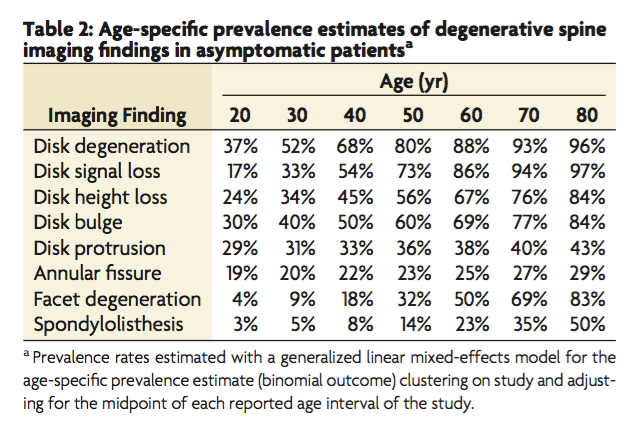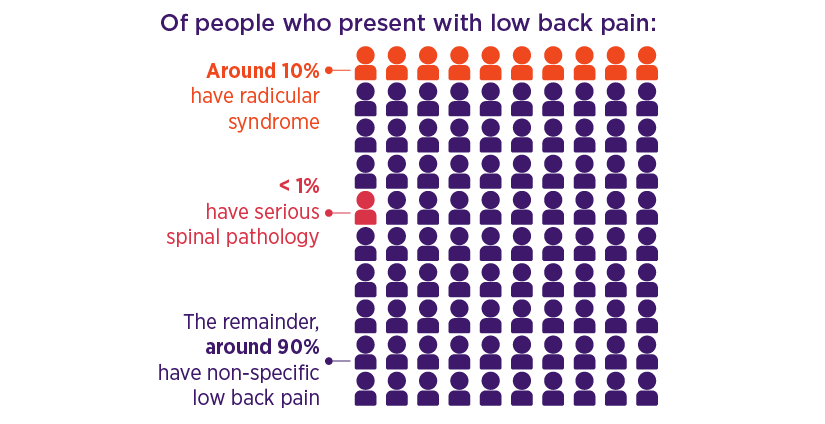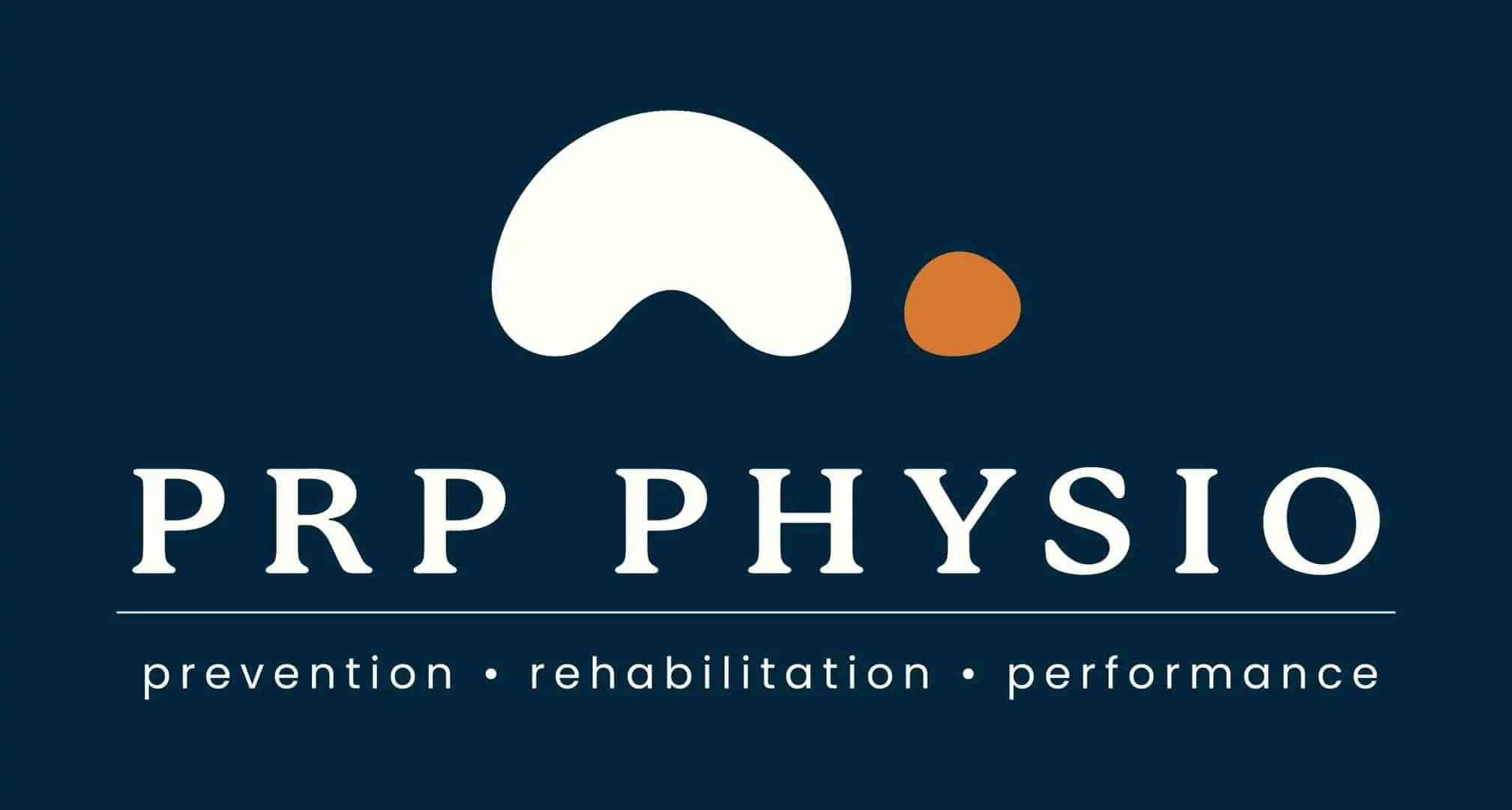26 Sep Lifting Technique “Never Lift with a Bent Back” – Why Those Words Make me Shudder
Lifting Technique
Lifting and bending down to pick things up is probably up there with some of the most common causes of and aggravating factors for back pain out there. So what is the best lifting technique and does it change? Surely picking up a cushion and picking up a fridge necessitate two different lifting techniques right?
Straight Back
Lifting with a straight back and “lifting with your knees” is one of the oldest sayings, you move house with your girlfriend and her Dad is telling you to lift everything with your knees and keep your back straight. He means well and I’m sure he’s a nice guy as most fathers-in-law are, but why is he actually telling you to do it?
Why the theory came about
The idea of lifting with a straight back is largely based upon the concept of reducing shearing stresses on the lower back and structures such as the discs and by effect nerve roots. It was previously thought that this increase in stress on the spine was the cause of disc bulges and by an effect caused back pain. So, common sense dictated that if we simply stopped lifting with a bent back and just maintained a straight back the entire time we would be fine and back pain would disappear. If only back pain was that simple!
Does it actually make sense though?
I really don’t think so unless we are talking about very particular situations where I’m lifting something a little awkward or heavier than usual. As we discussed just above the reasoning for the straight back lifting was that it would reduce forces on the spine during a lift, but do we actually achieve it? To complete a straight-back lift I have to maintain a contraction of my abdominal and back muscles at the same time, in theory, we create a large amount of compressive force on the lumbar spine. In my mind, straight back lifting, outside of specific scenarios doesn’t make sense so let’s dig in a little bit and I’ll try my best to explain myself here.
Is lifting with a straight back comfortable?
Personally, I don’t think so, and I don’t find many people I speak to – whether they be clients or friends, find it comfortable either. Essentially, to lift with a straight back we have to contract our core muscles, our back muscles, keep ourselves rigid as we go down and pick up the weight, maintain that contraction and position the entire time as we then come back up. Now when we are picking something up, on the way down our trunk is wanting to flex, and as we are coming back up our trunk is wanting to extend. So does it actually make sense to maintain the same muscle activation patterns for both movements and for one of the muscle groups to be resisting the movement we are wanting to be doing? I personally don’t think so, that doesn’t sound like a very fun time to me.
Is lifting with a straight back economical?
Research would actually say it is less economical than lifting with a bent back. I know it sounds a little counterintuitive but stick with me here. Every joint has a few different zones of support, we’ve got the active zone where we have muscles providing support and stabilisation, outside of that zone we have the passive structure zone where our ligaments provide support and stability, over the top of both of these we have the neural system consisting of our nerves and brain. Our back, and all of our joints realistically, we’re designed to work within these three systems. We don’t always keep our ankles within the active subsystem zone, otherwise, our ankles would always be rigid and would be a bit awkward and clunky to do things, so why do we have this fascination with keeping our low back within this zone all the time?
Is lifting with a straight back easier?
Again I would argue, that in most cases the answer is no. Unless again we are talking specific scenarios, utilising straight back lifting technique as your go-to for any kind of lift you do is just simply not an easy thing to do. And I think this is why most people who I ask who do it will often say that they never did it before they either had episodic low back pain or persistent low back pain. I often think that the utilisation of a straight-back lifting technique feeds into a lot of cases of persistent low back pain.
So when should we do it?
Remember that fridge you are moving with your father-in-law that you have to lift onto the back of the ute? Probably keep a somewhat straighter back for that lift. Heavier or more awkwardly shaped items such as things that are really long or unevenly weighted take a little bit more control. Getting lazy on those lifts and movements could put you at risk of a little bit of back pain. You will want to have a level of core contraction and stability in the case that either it is heavier than you expect, or there is a sudden movement or shift in the weight. This doesn’t mean that you should keep a dead straight back the entire time, feel free to flex through your back, just ensure you have a little bit of core engagement for those particular times and items you may have to lift.
When shouldn’t we do it?
When you are picking up everyday items, I am amazed at the number of times I get told that clients perform every lift, regardless of what it is, with a straight back. Often I find these clients have had repeated episodes of low back pain, or, more likely, they have persistent low back pain and they don’t like lifting. One of the most common questions I ask is whether these clients used this technique BEFORE they had back pain, and the answer is almost always that no they didn’t. So what caused the change, why lift one way for 30 years but then suddenly decide to change? In my opinion, it often comes down to either how someone has been educated on the cause of potential structural issues happening, or they have become overprotective of their back which often causes an increase in back muscle tension. Now, believe it or not, we don’t really want lots of residual muscle tension around our back because that is going to make us feel tight, stiff, and rigid.
What about lifting with a bent back?
Here is where the modern kids are hanging out, research has started to find that lifting with a bent back may be more beneficial than lifting with a straight back. I can hear all of the mechanics and labourers from the 70s through to the 2000s groaning right now telling me that we will end up with a back pain pandemic because of it. But I somewhat feel we are already there, so often I hear stories of people hurting their back lifting or having pain when they bend down to pick something up. I recall having a client in 2021 who would utilise their couch to support them down to pick up a pillow because he was of the belief that he shouldn’t bend his back to lift something. So let’s dig into how this whole bent-back lifting technique came around.
How the theory came about
This concept was predominantly put forwards by a Perth physiotherapist – Peter O’Sullivan, he’s a fantastic physio who has spent a lot of his time researching persistent low back pain and has found some fantastic things. He was the person who found that people with persistent low back pain adopted more of a straight back lifting style and had higher levels of muscle contraction through the abdominals and back muscles compared to people who haven’t got back pain. He has found that working through this with clients has resulted in significant improvements in symptoms and function, so why has it taken so long for people to catch on board with it?
Is lifting with a bent back comfortable?
Personally, I find it a lot more comfortable and relaxed to pick something up bending through the back. I dislike the rigidity sensation that lifting with a straight back gives me and often even if I demonstrate the differences between the two movements to clients I find it quite difficult to perform a straight back lift properly. I often think back to how children and teenagers perform these movements they are very relaxed and somewhat carefree when they perform them and that’s how I believe we should approach most of our lifting techniques.
Is lifting with a bent back economical?
Lifting with a rounded back has actually been found to be a more economical style of lifting than lifting with a straight back. There is less overall muscular usage and energy expended using this technique than there is with a straight-back lift. If you are performing repeated lifting, maybe you will adapt your lifting technique as you go to utilise and stress different parts of your body rather than repeatedly stressing one area over and over. At the end of the day, I think that is the best way to do it, variety and exposing your body to different stresses means we can adapt to different things rather than simply performing the same thing over and over.
Is lifting with a bent back easier?
I really do think it is for 90% of lifts. I personally don’t go to the gym as I don’t enjoy it so I don’t have the desire to perform heavy deadlifts. But for 90% of day-to-day life lifting bent back lifting is so much easier and more comfortable. Often it takes people who have been habitually straight back lifting some time to adapt and change their style but often just learning to relax those muscles a little bit can make a world of difference.
But someone told me in the ’70s to always lift with your knees
The predominant theory at the time was that “we need to reduce stress on the spine”. This is great, but all we really did was change it from shearing forces to compressive forces, not exactly the best trade-off is it? Modern lifting technique recommends that lifting with a flexed lumbar spine, within reason, is more economical, and safer, you can produce more muscle force, and honestly, I think it’s just simply more comfortable to do. If you have had a back injury before from lifting, that’s totally ok, you will rehab, you will get stronger, and it does not mean that your back is damaged, weak, fragile, and needs you to compress the living daylights out of it by contracting anything and everything around it. Your back is a strong and stable structure, arguably one of the most stable in the body and it is designed to bend and move and load in different positions.
What if I “pop a disc” while lifting?
This is usually people’s biggest fear of lifting with a bent back. The dreaded popped disc. Now trust me here, discs don’t just suddenly pop out, I swear they don’t. In most cases, we are probably looking at a disc bulge that may have been present for a long time that has simply become symptomatic and it has turned up on a scan. Disc bulges occur more and more often on an MRI the older you get. The idea that discs pop out is something that as a medical profession as a whole we need to stop perpetuating because it just doesn’t happen. A back injury is a multi-factorial injury that can involve any range of things within the biopsychosocial realm. In cases of persistent low back pain, this is even more relevant. The story of the client who had to keep a straight back to pick up a pillow had seen multiple physios in the past for back rehabilitation and was told he was fine, but clearly, he wasn’t. Underlying his back pain he had an immense fear of his back and the potential for anything to set it off. We spent over an hour discussing it and how it had impacted his life, he had put on weight, avoided doing things he loved, and didn’t play with his kids as much as he wanted to. I remember speaking with him approximately a year after our initial consult and he was a different person, he was scootering with his kids, bending and lifting things up naturally, had a much more positive outlook on life, and had lost somewhere around 10kgs. I don’t want to say this was just because his fear of his back pain was gone, but I think it was a huge factor.

Is there a limit to what I should be lifting with a bent back?
I think there is, don’t go pick up that fridge lazily with a bent back. Or, if you are carrying a couch upstairs that has a turn in it making it a little awkward, probably don’t be lazy with your lifting. Picking up everyday items, I think up to the 20kg mark it can be pretty reasonable to lift with a relaxed back, anything above this I find adopting the middle ground between relaxed lifting and straight back lifting is the best answer.
I get back pain when I pick things up, even things as light as a novel or a pillow, what’s wrong?
Honestly, more often than not, there’s probably no structural cause to your symptoms, most cases of back pain don’t have an identifiable structural diagnosis. That can be what makes rehabbing back injuries so difficult. Ankle sprain? Great, this is the ligament you injured. Hamstring pain? Great here’s the muscle you strained. Back pain? It could be almost anything, the chances of me or an MRI machine being able to definitively pick it? Pretty bloody slim if I say so myself. Let’s split this into two different groups because I have two slightly different answers here, let’s pick an acute back injury group and a group with ongoing low back pain.

Acute low back pain
Cases of acute low back pain are usually very irritable, have high levels of pain, and have lots of muscle spasms going on because the brain has kicked into overdrive trying to protect you and avoid the pain. All of that works well in the short term. But once we get past a few days to a week it starts to become a bit negative. In most cases, the pain you experience when you bend is just the nervous system being on high alert. It’s incredibly unlikely you are damaging a structure when you bend to pick up a pillow, it could very well hurt a lot, in which case maybe take it a little easy and be kind to your body, but still try and do as much as you can. In essence, a lot of this pain is just driven by muscle spasms and your brain and the nervous system trying to protect you.
Persistent low back pain
These cases are very very different. There could be some cases out there where there are genuine structural concerns going on, whether it be a symptomatic disc bulge, spinal stenosis, or any other range of things, these cases are a little different. I want to talk about the cases where this isn’t an issue, where there isn’t a structure that’s damaged because that’s the majority of these cases. I honestly find a lot of these clients have developed maladaptive movement patterns that they learnt when their back was sore, and it’s just become a habit now. Whether this is simply unconscious, or they are like my client from just above and they are fearful of aggravating their low back pain. These clients often need the education that the medical system may have not given them and they need to be able to adapt and develop new and different ways to lift. This may involve a little bit of movement retraining, but it can also involve strength training, as well as some flexibility and mobility work too.

So I’ve just hurt my back, how can I lift things up from the ground?
A back injury can be one of the most frustrating injuries you can sustain, I totally get it. I’ve never had it personally but from having seen plenty of cases of it in my time I know it’s not something I really want. Chances are I’m probably going to have an episode at some point in my life, almost everyone does according to the research. Being able to still be a functioning human being can be one of the hardest things, you often feel like you can’t do anything, and even emptying the dishwasher can be too hard.
So how can you bend and lift stuff if you have just suffered a back injury? I personally try to get all of my clients to bend at least a little bit, something is better than nothing in pretty much every case. I always recommend that my clients bend as far as they feel comfortable with their back, and then to get down further simply bend at the knees. I find this is the best way to both encourage bending and flexion through the lumbar spine as well as reduce symptom irritability. There really aren’t many cases where I would recommend people don’t bend their back. So for your own comfort, safety, and rehabilitation, get that back bending as much or as little as comfortable and get moving!
Recent Posts
- Lifting Technique “Never Lift with a Bent Back” – Why Those Words Make me Shudder
- When should I see a Physio?
- Adductor Strains – A Footballers Worst Nightmare
- Hamstring Strains – Frustrating, Recurrent, Our process for how we can help you
- Gluteal Tendinopathy – It’s a Real Pain in the Ass
How can we help?
